
Hoping to see one before they are gone, many visitors come to the park to see a glacier. Ironically, Glacier National Park isn't the easiest place to see an active glacier.Massive glaciers can be viewed with relative ease in Alaska's national parks. Kenai Fjords National Park, Wrangell-St. Elias National Park, and Glacier Bay National Park, are all known for their glacier viewing. In the contiguous United States, glaciers can be seen fairly easily in Mount Rainier National Park, Olympic National Park, North Cascades National Park, Grand Teton National Park and others. It is actually North Cascades National Park that boasts the highest concentration of glaciers in the lower 48 but Glacier National Park comes in second with about two dozen active glaciers. Most of the park’s glaciers are tucked into shadowy niches high along the Continental Divide, cloaked by semi-permanent snowfields. Still, a few glaciers can be seen from the road, a few others can be seen from a short hike, and others can be studied up close after a strenuous hike. Binoculars and a park map can help you tell the difference between snowfields and glaciers throughout the park. Late August and early September, when most of the winter's snow has melted away, is the best time to see the glaciers. 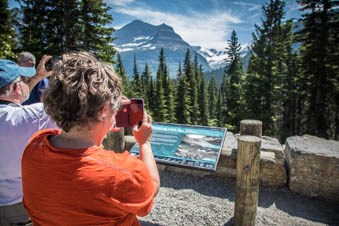
Where to See a GlacierJackson Glacier from Going-to-the-Sun Road Overlook
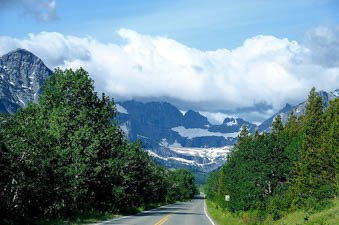
Salamander Glacier
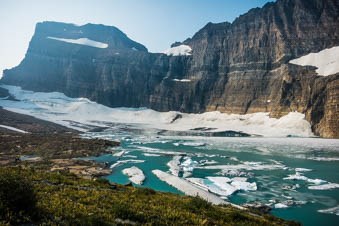
Grinnell Glacier
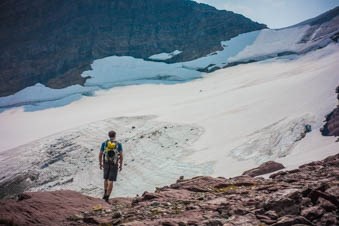
Sperry Glacier
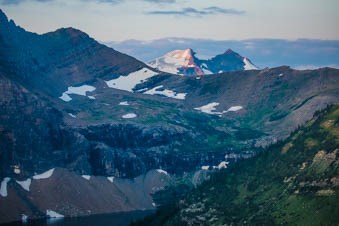
Sperry Glacier from Hidden Lake Overlook
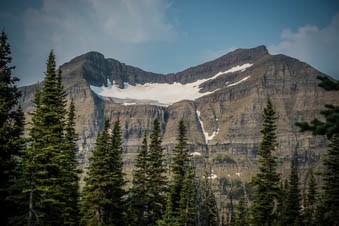
Piegan Glacier from Preston Park
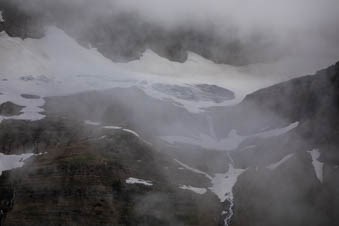
Sexton Glacier from the Siyeh Pass Trail

Vulture & Two Ocean Glaciers from the Highline
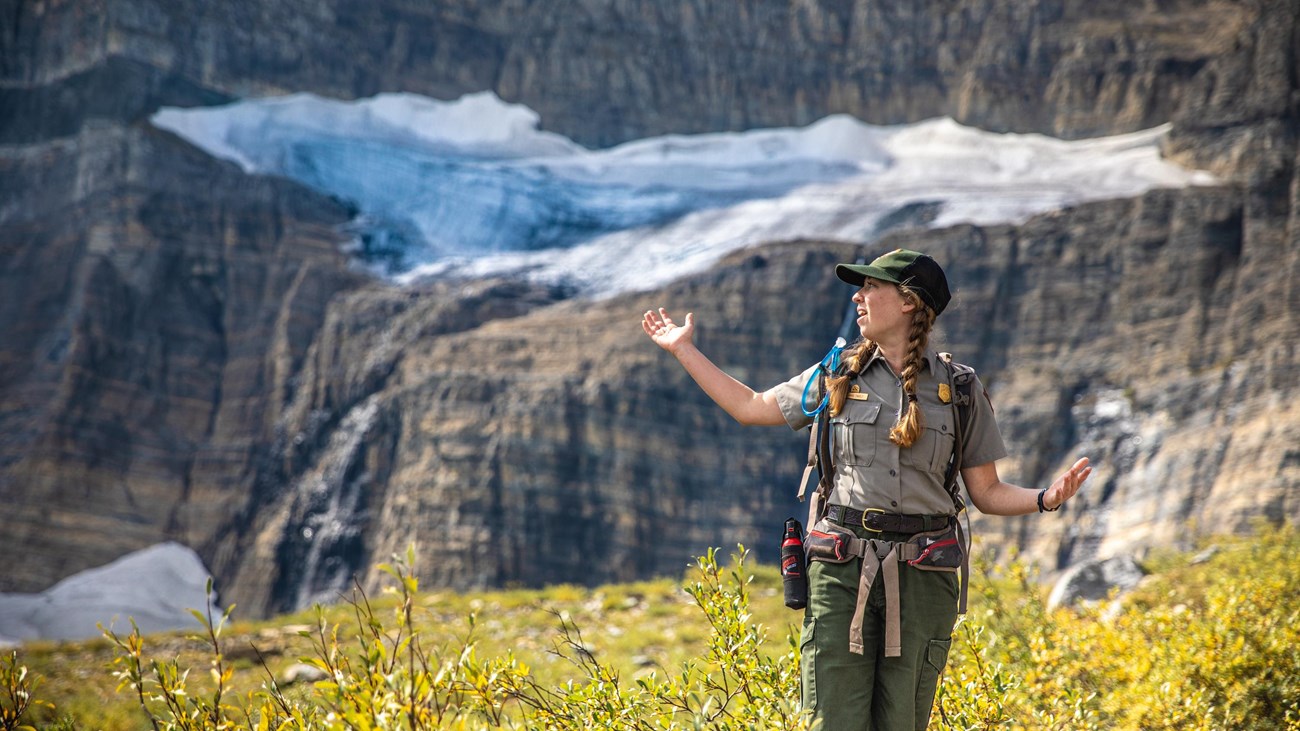
Overview of the Park's Glaciers
Here are the most frequently asked questions about Glacier National Park's glaciers. 
Glacier Repeat Photography
All the glaciers in the park have receded. Click here to see what that looks like. 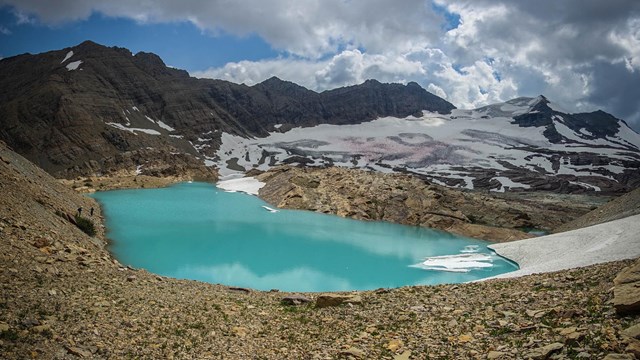
Glacial Geology
Viewing Glacier's landscape is like reading a textbook on the geologic effects of glaciation. 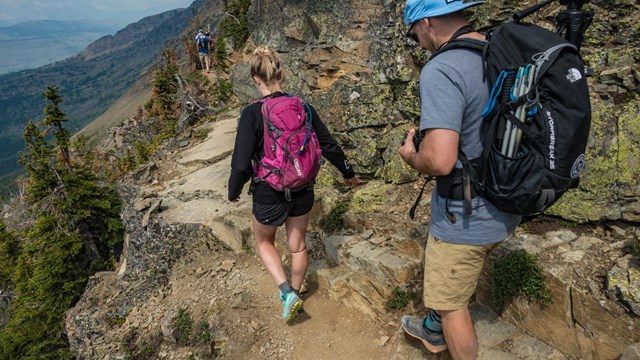
Hike the Trails
With over 700 miles of trail there is something for everyone. 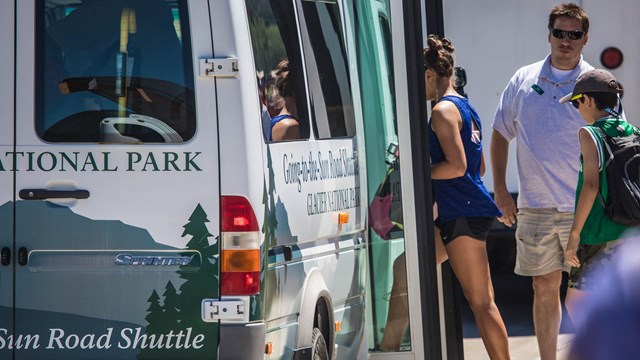
How to Reduce your Carbon Footprint
Many people fall in love with Glacier and then want to reduce their footprint. 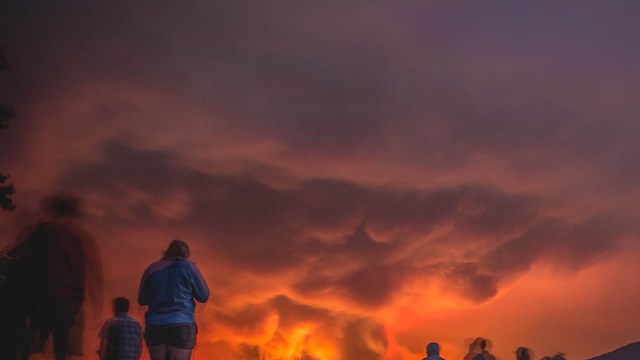
Climate Change
Over the last 100 years, the planet’s surface has warmed by about 1.5°F. 
Sustainability
Sustainability means avoiding the depletion of natural resources in order to maintain an ecological balance. |
Last updated: May 14, 2024

